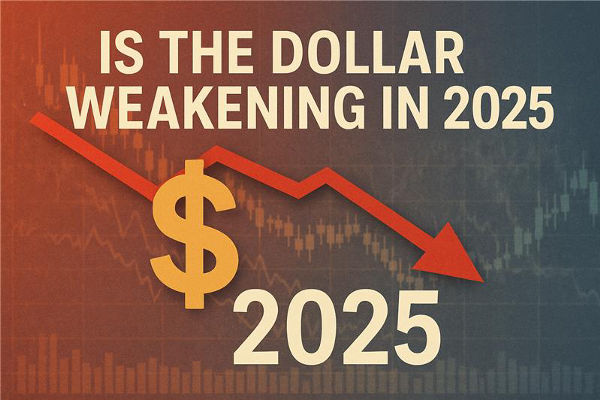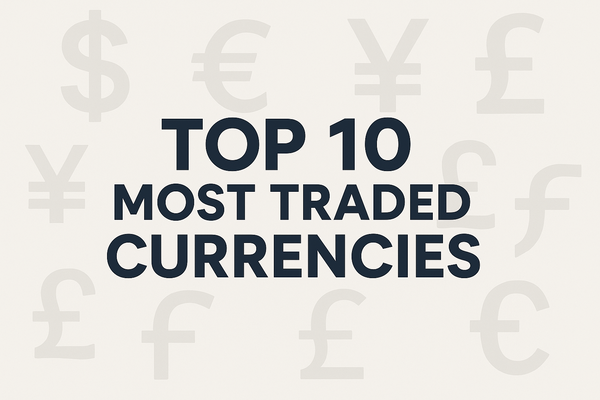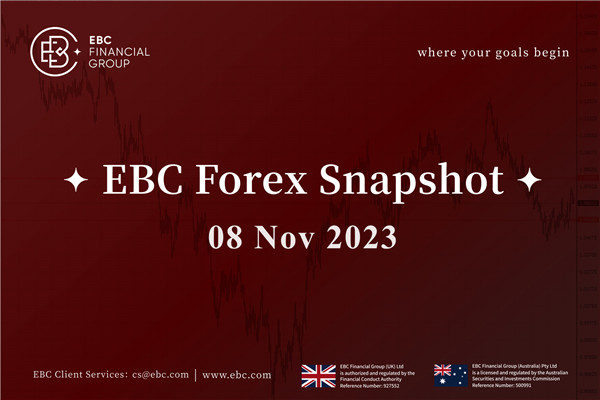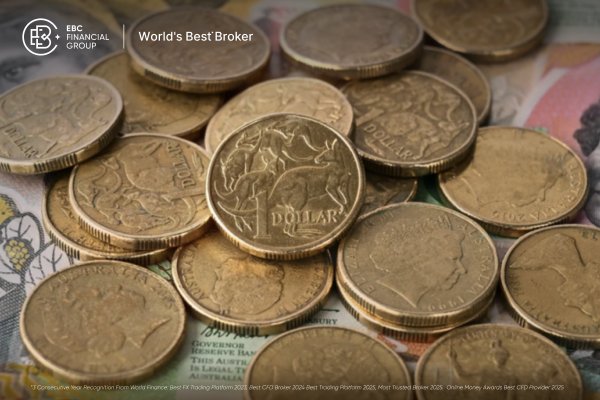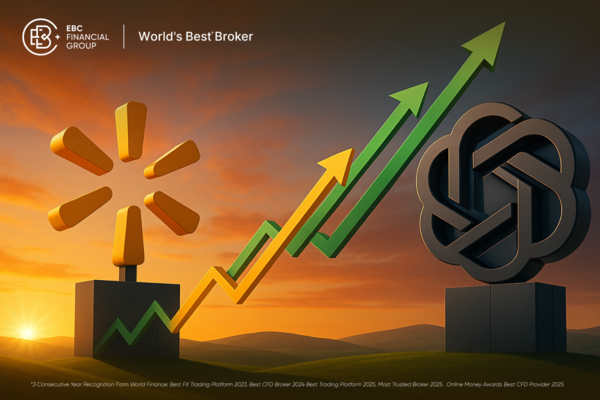Trading the Euro to Canadian Dollar (EUR/CAD) currency pair offers unique opportunities for forex traders, thanks to its interplay between European and Canadian economic drivers. Whether you are new to currency markets or seeking a deeper understanding of what makes EUR/CAD move, this article provides valuable insights and practical guidance to help you trade this pair with greater confidence.
Introduction to Euro to CAD (EUR/CAD) Trading
The EUR/CAD pair is widely traded in global forex markets. The Euro represents the world's second most traded currency, while the Canadian Dollar is renowned for its strong connection to commodity prices, especially crude oil. Understanding the fundamentals behind this pair and learning how to analyse its movements is key for maximising opportunities and reducing risk.
Understanding Exchange Rates: A Primer
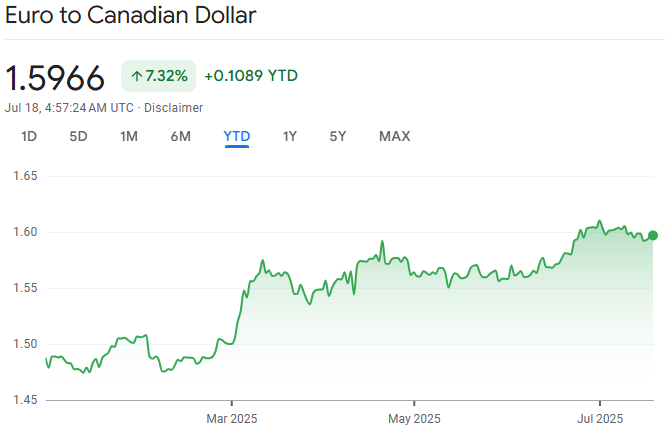
The EUR/CAD rate expresses how many Canadian Dollars one Euro can buy. For example, if EUR/CAD is 1.59, it means €1 equals CA$1.59. This rate is constantly changing in response to a range of economic and political factors affecting both the Eurozone and Canada.
Why Trade the Euro to CAD Pair?
-
Liquidity: EUR/CAD is a liquid pair with relatively tight spreads, making it accessible for day traders and swing traders alike.
-
Volatility: Movement in oil prices, European policy, and global sentiment can cause sharp moves—offering trading opportunities for the informed.
Diversification: Adding EUR/CAD to your strategy helps diversify exposure beyond the more traditional USD pairs.
Main Economic Drivers Influencing EUR/CAD
1. Eurozone Influences
-
European Central Bank (ECB) Policy: Changes in interest rates, quantitative easing, and other monetary policies can shift EUR value.
-
Economic Data: Indicators such as GDP growth, unemployment rates, and inflation reports from major Eurozone economies like Germany and France frequently move the Euro.
Geopolitical Events: Elections, international agreements, or regional crises may spur volatility.
2. Canadian Dollar Influences
-
Bank of Canada (BoC) Decisions: Interest rate announcements, inflation targets, and monetary policy commentary affect CAD value.
-
Commodity Prices: Canada's economy is tied closely to crude oil and natural resource exports. Rising oil prices usually strengthen the CAD.
-
Canadian Economic Reports: Look for GDP growth, employment data, and trade balances to anticipate moves in the Canadian Dollar.
US Economic Health: As Canada's largest trading partner, strong or weak US data often indirectly influences the CAD.
How to Analyse EUR/CAD Movements
Fundamental Analysis
-
Monitor Central Bank Policies: Timely tracking of ECB and BoC meetings is crucial, as policy shifts can drive directional moves.
-
Follow Economic Calendars: Schedule your trades around major releases from both regions for the best opportunities.
Watch Oil Markets: Since the CAD is a commodity currency, monitor oil price fluctuations for indirect trading signals.
Technical Analysis
-
Candlestick Patterns: Seek reversal or trend continuation patterns on EUR/CAD charts.
-
Moving Averages: Use simple and exponential moving averages to help identify prevailing trends.
-
Support and Resistance: Mark major support and resistance levels to plan trade entry and exit points.
Momentum Indicators: RSI (Relative Strength Index) and MACD (Moving Average Convergence Divergence) are useful for catching overbought or oversold conditions.
Sample EUR/CAD Trade Scenario
Suppose the ECB signals an unexpected rate cut while oil prices surge. You anticipate Euro weakness and Canadian Dollar strength. In this scenario, you might:
-
Go Short EUR/CAD: Sell Euro, buy CAD in anticipation of a falling pair.
-
Set a Stop-Loss Above Recent Highs: Limit your risk in case news is already priced in or sentiment reverses.
Monitor Both ECB Statements and Oil Prices: Stay agile for any reversal in fundamentals.
Risk Management for EUR/CAD Trades
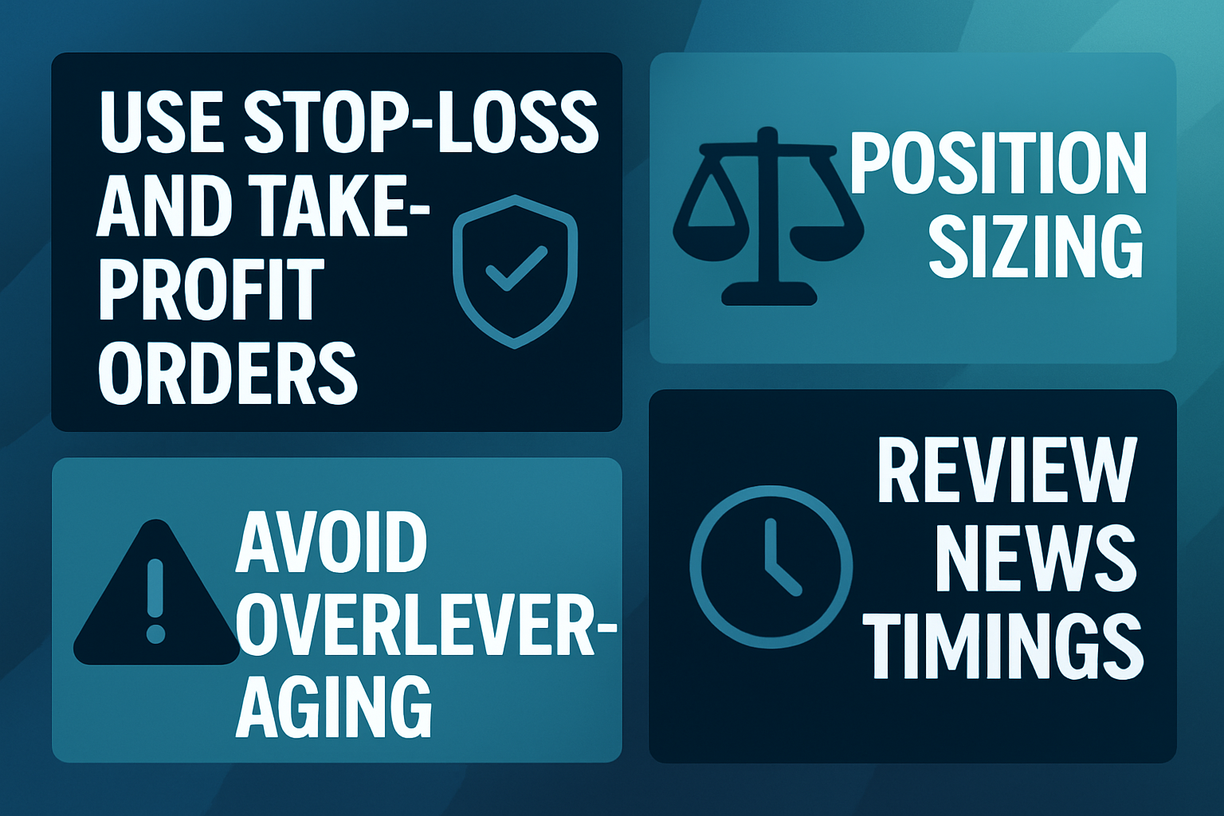
-
Use Stop-Loss and Take-Profit Orders: These automate your exits and help prevent emotional decision-making.
-
Position Sizing: Never risk more than a small portion of your trading capital on any single EUR/CAD trade.
-
Avoid Overleveraging: Traders using high leverage should be aware of increased risk exposures, especially during volatile sessions.
Review News Timings: Avoid trading immediately before or after high-impact news to reduce the risk of slippage.
Optimising Trade Entry and Exit
-
Active Session Hours: The optimal trading activity for EUR/CAD occurs when both European and North American markets are open. Greater liquidity and tighter spreads are available during these overlaps.
Avoid Low Liquidity Periods: During Asian sessions and holidays, spreads tend to widen, and volatility can create unpredictable moves.
Common Mistakes to Avoid
-
Ignoring Correlations: EUR/CAD is often correlated with oil prices and the USD/CAD pair. Overlooking these relationships may lead to missed trading opportunities.
-
Emotional Trading: Stick to your Trading plan without letting fear or greed drive your decisions.
Neglecting Due Diligence: Never stop learning—use demo accounts, review your trades, and keep up with market changes.
Tools and Resources for EUR/CAD Traders
-
Forex Economic Calendars: Websites and trading platforms offer calendars with key events and announcements.
-
Live News Feeds: Subscribe to reputable news providers for real-time updates.
-
Charting Tools: Use platforms offering a robust set of technical indicators and customisable charts.
Currency Correlation Tables: Helpful in evaluating relationships between different forex majors and crosses.
FAQs for Forex Traders
Q: What is the best time to trade EUR/CAD?
A: Liquidity and price action are strongest during the overlap of London and New York trading hours.
Q: Why is oil price important for EUR/CAD?
A: Oil exports are a major part of the Canadian economy; price fluctuations can directly boost or weaken the CAD.
Q: Does the EUR/CAD pair suit beginners?
A: Yes, but as with all forex pairs, proper research, risk management, and practice in simulated environments are recommended.
Conclusion
Trading the Euro to Canadian Dollar is an attractive endeavour for those looking to broaden their forex strategies. Success with EUR/CAD requires keeping track of both European and Canadian economic data, monitoring oil markets, and having a disciplined approach to risk management. By leveraging both fundamental and technical analysis, traders can make more informed decisions and increase their potential for profitable trades.
Disclaimer: This material is for general information purposes only and is not intended as (and should not be considered to be) financial, investment or other advice on which reliance should be placed. No opinion given in the material constitutes a recommendation by EBC or the author that any particular investment, security, transaction or investment strategy is suitable for any specific person.










